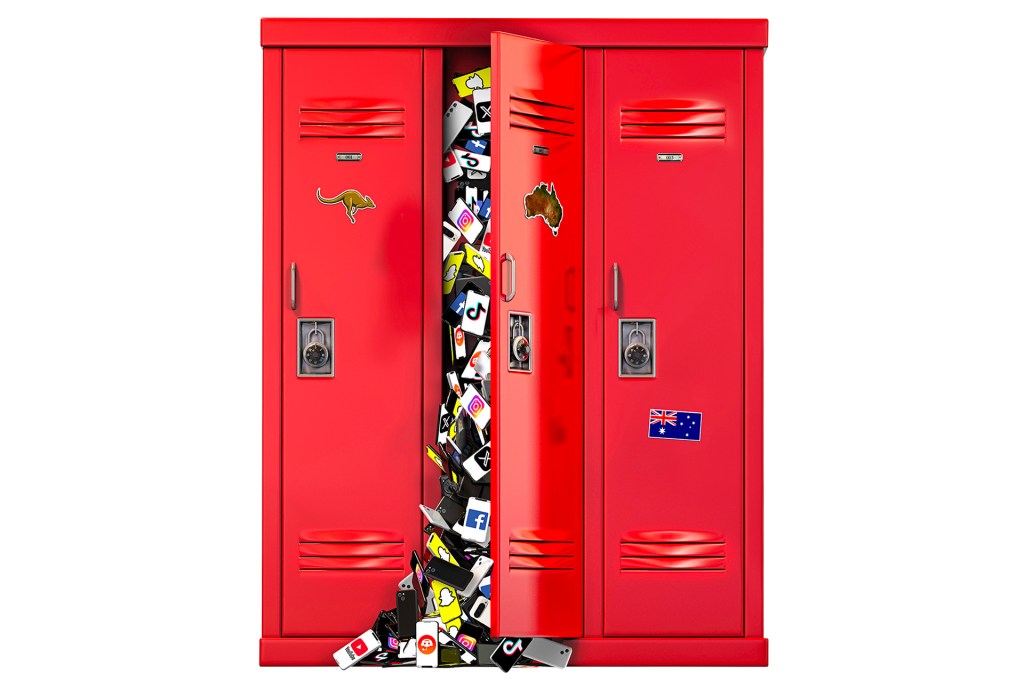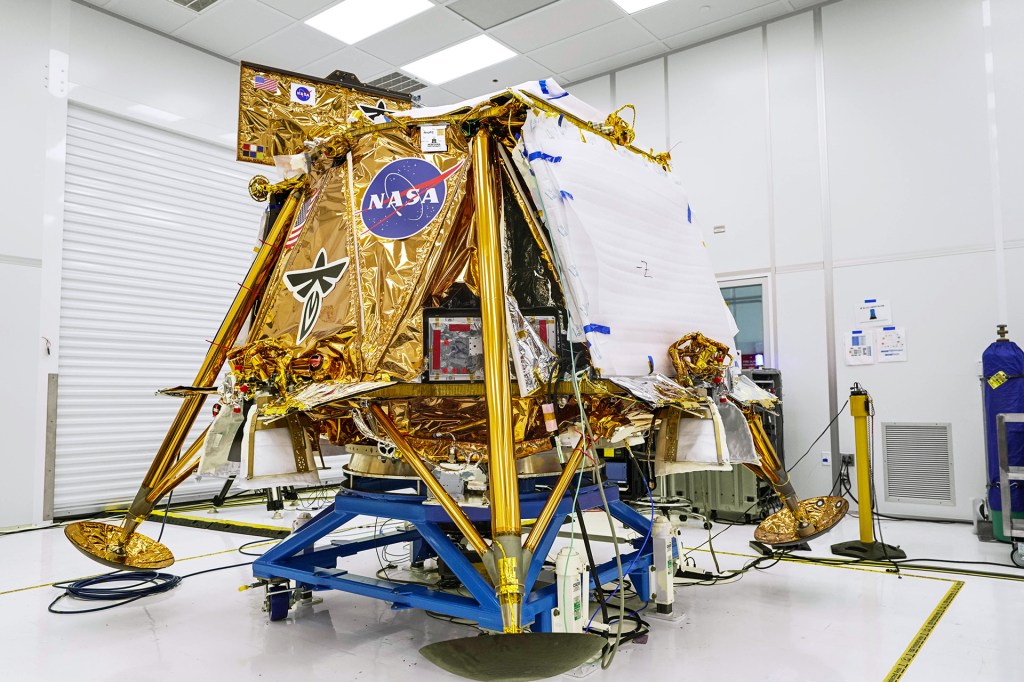Digital Detectives

Would you believe that Mount Rushmore, in landlocked South Dakota, is underwater? You shouldn’t. The image above is a fake.
Such images often appear on social media. In August 2017, while Texas was being rocked by Hurricane Harvey, an image was posted to Twitter. It looked like it had been taken from the driver’s seat of a car. Outside, the road was flooded, and there was a shark in the water. The post read: “Believe it or not, this is a shark on the freeway in Houston, Texas.” It was “liked” 142,000 times—but the photo wasn’t real. It was made with photo-editing software, and had first appeared online in 2011.
Today, fake photos are more common than ever, says Toby Bochan, of Storyful, a company that verifies
verify
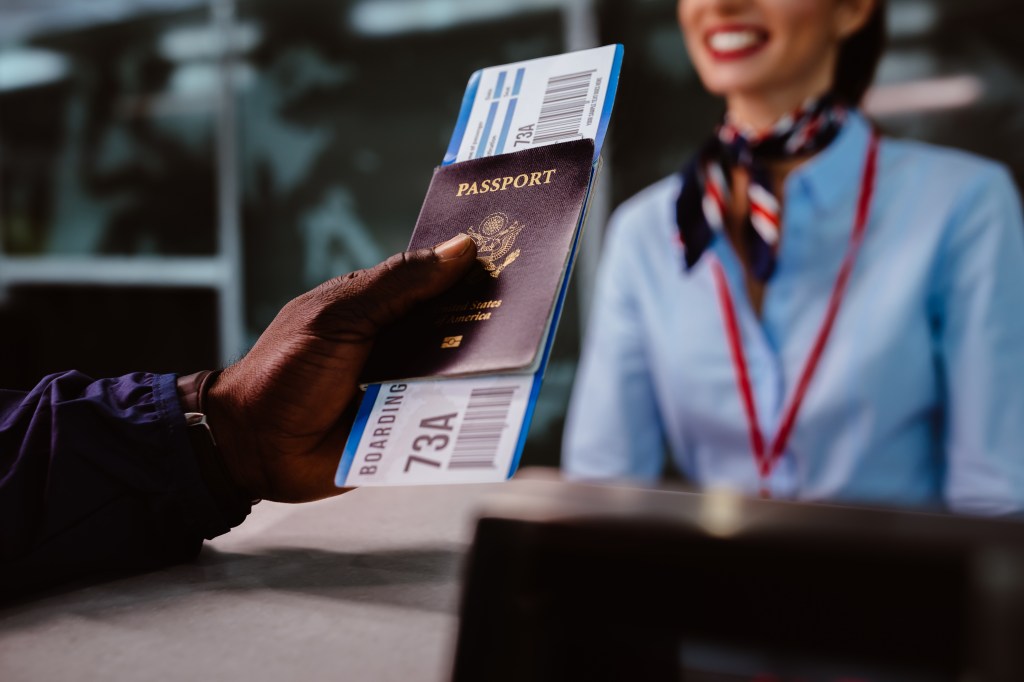 WUNDERVISUAL/GETTY IMAGES
to prove that something is true
(verb)
When you travel to another country, you must show your passport in order to verify your identity.
videos and images on social media. And while you might think a doctored
doctor
WUNDERVISUAL/GETTY IMAGES
to prove that something is true
(verb)
When you travel to another country, you must show your passport in order to verify your identity.
videos and images on social media. And while you might think a doctored
doctor
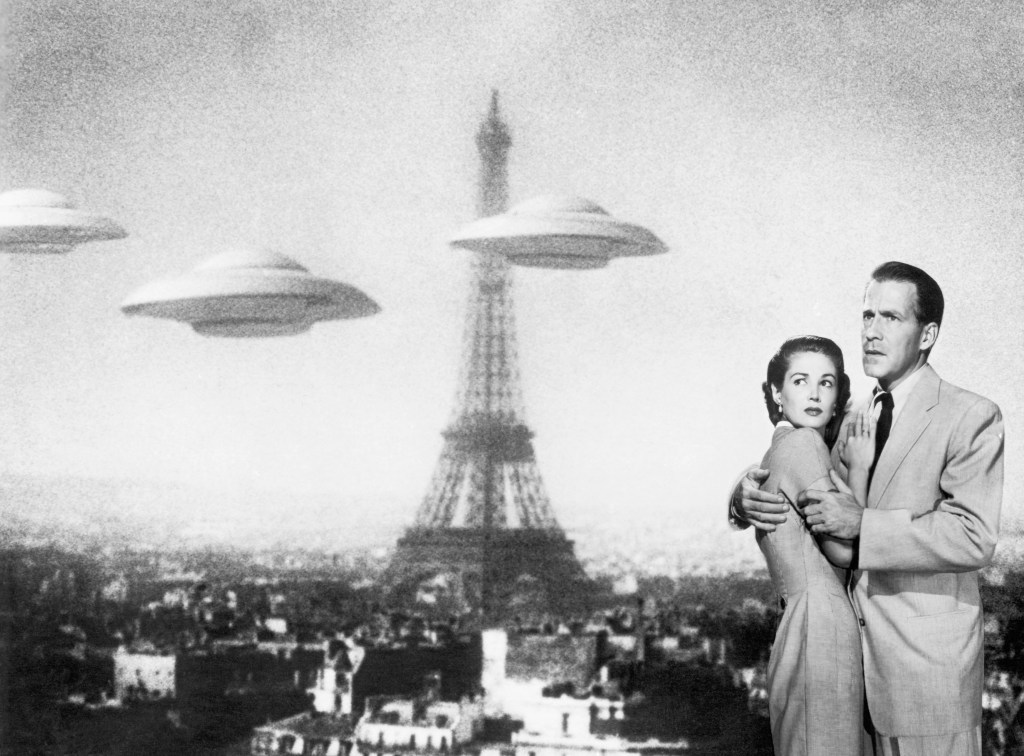 GEORGE RINHART/CORBIS—GETTY IMAGES
to change something in order to trick someone
(verb)
The doctored photo tricked some people into believing aliens had landed in Paris.
image would be easy to spot, a 2017 study found that people fail to identify more a third of them. Here, Bochan shares strategies for telling real from fake.
GEORGE RINHART/CORBIS—GETTY IMAGES
to change something in order to trick someone
(verb)
The doctored photo tricked some people into believing aliens had landed in Paris.
image would be easy to spot, a 2017 study found that people fail to identify more a third of them. Here, Bochan shares strategies for telling real from fake.
Source, Date, Location
“Where is this coming from?” That’s the first question Bochan asks herself when investigating a photo. Then she asks, “What do I know about this person or this publication or this site?” She looks at a profile of the person who posted it. That shark photo was posted by a blogger in Ireland. How likely is it that he would have been in Texas during the hurricane?
Here’s another trick: On a computer, right-click on a photo, then select “search Google for image.” Doing so turns up photos that look the same or similar, which can provide important clues to a photo’s origin. When applied to the shark photo, the trick turns up posts claiming that it was taken during hurricanes in Puerto Rico, New Jersey, and Florida.
Experts also look at a photo’s metadata. Metadata is information embedded in a file that tells when the image was created, the size of the file, and other details. It can reveal whether the file has been doctored. If a photo shows a public place, it’s easier to verify. “Rarely does something major happen and only one person is posting about it on social media,” Bochan says.
“One of the reasons misinformation spreads faster than truth is that it tends to be very simple,” Bochan adds. “Unlike life, which is complicated.” And fake photos? They’re designed to make people feel angry, sad, happy, or scared.
So if you have a strong reaction when looking at a photo, stop and consider what you see, Bochan says. Remember: source, date, location. With these three words, you too can be a digital detective.
Student Challenge:
Here is one of the photos used to create the fake Mount Rushmore image. Use online tools and techniques to see if you can find it on the Web. How else can you determine if a photo is real? Toby Bochan of Storyful recommends using Google Earth to view locations where an image appears to originate.
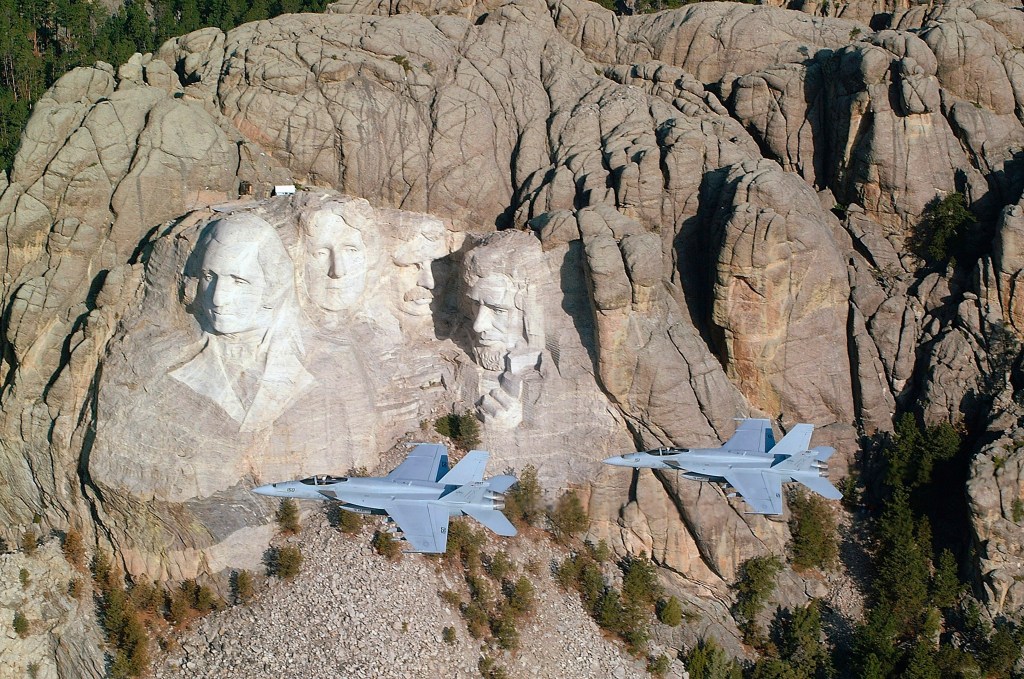
Stop & Think! How do you think the Mount Rushmore photo, above, is meant to make people feel? What clues in the image tell you that it is fake? How do you think it was made?





